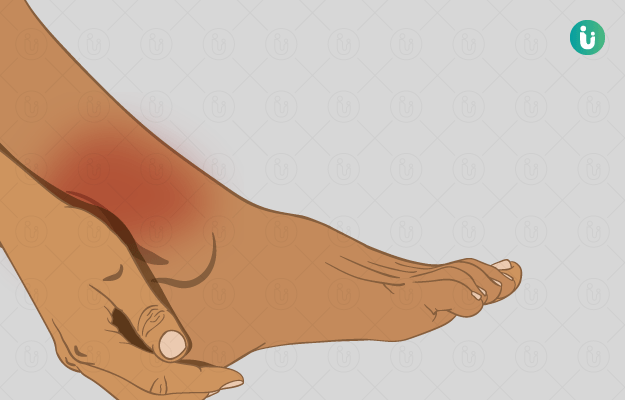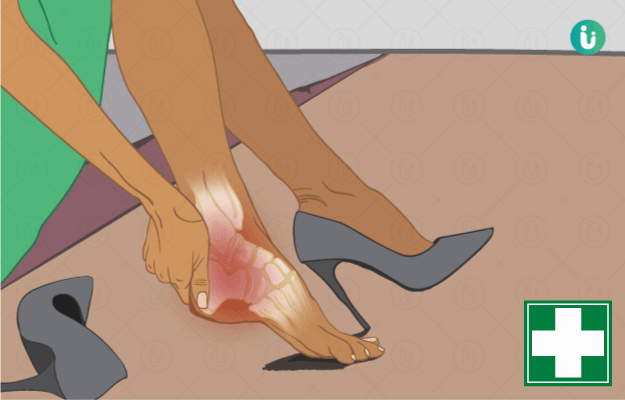What is sprain?
Sprain is a condition wherein the ligaments that join the bones of the body get overstretched or tear during physical activity. Most commonly, it affects the ankles, but it can also occur in the ligaments of the hands. In the United States, it is reported that there are 30,000 cases of sprains per day.
What are its main signs and symptoms?
The main symptoms include
- Oedema (swelling) of the affected part
- Pain
- Inability to move the affected body part
- Bruising of the affected area
- Affected area feels tender
Sprains can be divided according to the grades:
- Grade 1 mild: Can bear weights
- Grade 2 moderate: Limping (in case of ankle sprains)
- Grade 3 severe: Inability to walk
What are the main causes?
Undue excessive stress on the ligament can result in dislocation of the joints. It can also lead to stretching or damaging of the joint. Certain activities such as improper posture while walking, twisting of the ankle while walking or running or after a fall can cause a sprain. Repeated severe sprains may cause damage to the ligament and joint permanently.
How is it diagnosed and treated?
The main diagnosis is done by asking the patient about the reason behind the sprain. Physical examination of the affected part is done by the physician to distinguish it from other conditions. Gentle palpation around the affected part can also help diagnose a sprain. The range of action of the affected area may also be observed. Imaging techniques may be used such as X-ray, stress X-rays, MRI scans, and ultrasound to examine the condition.
Treatment for a sprain is focused on immobilizing the affected limb. It is better to rest the affected area; application of ice may help resolve painful episodes. Compression of the area by wrapping may provide additional support and help reduce the swelling. Non-surgical methods are usually sufficient in most cases. Full course physiotherapy may help in regaining full range of motion and strength. Medications to relieve pain may help resolve symptoms.
A sprain can be managed as it can be easily rectified by proper care. Immobilizing the affected area and following the above measures can resolve it quickly.

 Doctors for Sprain
Doctors for Sprain  OTC Medicines for Sprain
OTC Medicines for Sprain
 Sprain articles
Sprain articles

 First Aid for Sprain
First Aid for Sprain
 Home Remedies for Sprain
Home Remedies for Sprain







 Editorial Team
Editorial Team




 Dr. Srishti Gupta
Dr. Srishti Gupta












